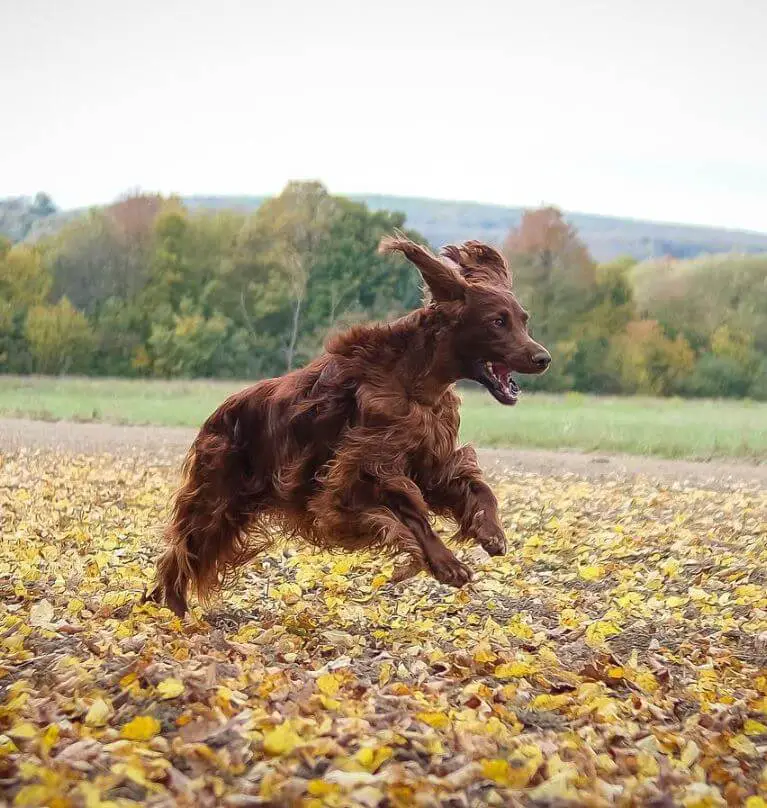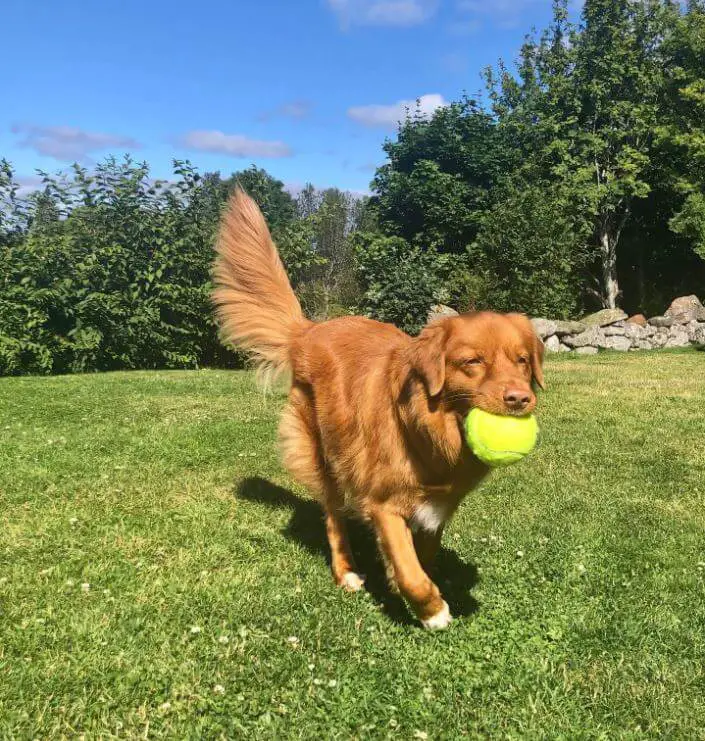The image of a dog excitedly chasing after a thrown ball is a classic scene that many dog owners envision. However, not all dogs naturally take to the game of fetch. If you find yourself wondering, “Why doesn’t my dog play fetch?” you’re not alone. Dogs, like humans, have individual personalities, preferences, and behaviors that influence their interactions with games and activities. In this article, we’ll delve into the reasons behind a dog’s reluctance to play fetch and provide insights into how you can encourage playfulness and engagement.

1 – Breed and Instinct:
Different dog breeds have distinct instincts and purposes. While some breeds were specifically bred for retrieving and chasing, others may not share the same inclination. Breeds with strong herding or guarding instincts might not show enthusiasm for fetch as a game.
2 – Lack of Training and Exposure:
Fetch may not come naturally to some dogs, especially those who haven’t been exposed to the game during their early development. If your dog wasn’t introduced to fetch as a puppy, they might not understand the concept or find it enjoyable.
3 – Age and Health:
Older dogs or those with physical limitations, such as joint issues or mobility challenges, may not be as willing or able to engage in fetch. Health concerns might discourage a dog from participating in a high-energy activity like chasing a ball.
4 – Fear or Anxiety:
Dogs that are anxious or fearful might be hesitant to chase after objects or interact with their environment in a playful manner. Fearful dogs may associate the game with uncertainty or stress.
5 – Attention Span:
Some dogs have shorter attention spans and might lose interest quickly in repetitive activities like fetch. They may prefer shorter bursts of play or other types of mental and physical stimulation.

Encouraging Fetch Play:
1 – Start Small and Positive:
If your dog is new to fetch, begin with short, positive interactions. Use a soft toy or treat to encourage them to chase after it. Reward them with praise or a treat when they show interest.
2 – Use Interactive Toys:
Incorporate interactive toys like rope tugs, squeaky toys, or puzzle feeders into playtime. These toys engage your dog’s natural instincts and provide mental stimulation.
3 – Change the Game:
If traditional fetch doesn’t appeal to your dog, try mixing it up. Use different types of toys, vary the throwing distance, or even play hide-and-seek with treats to make playtime more interesting.
4 – Positive Reinforcement:
Positive reinforcement, such as treats, praise, and affection, can encourage your dog to engage in play. Associate the act of chasing and bringing back an object with positive outcomes.
5 – Professional Guidance:
If your dog’s lack of interest in fetch persists, consider seeking guidance from a professional dog trainer or behaviorist. They can help identify any underlying issues and develop a customized approach to encourage playfulness.

Not all dogs are born with an inherent love for fetch, and that’s perfectly okay. Understanding the reasons behind your dog’s reluctance to play fetch can help you tailor your interactions to their preferences and needs. By introducing play in a positive and engaging way, considering your dog’s age, health, and instincts, and seeking professional guidance if necessary, you can create enjoyable and meaningful playtime experiences for your furry friend. Remember, the key is to nurture a strong bond and foster a sense of joy and companionship, regardless of the specific games you play together.
